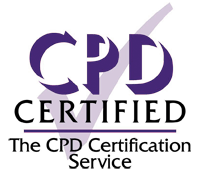Dave had a passion for research and was very encouraging in developing a research interest in others. Bhavisha and Amanda are currently working with a team of researchers, patients, research funders, the Department of Health and Social Care and NHS England, to develop the 2023-2028 UK Action Plan for Hearing loss and Tinnitus Research - a set of recommendations to grow hearing research in the UK. Here, they discuss their journey to hearing care research and how you could get involved in the world of research.

